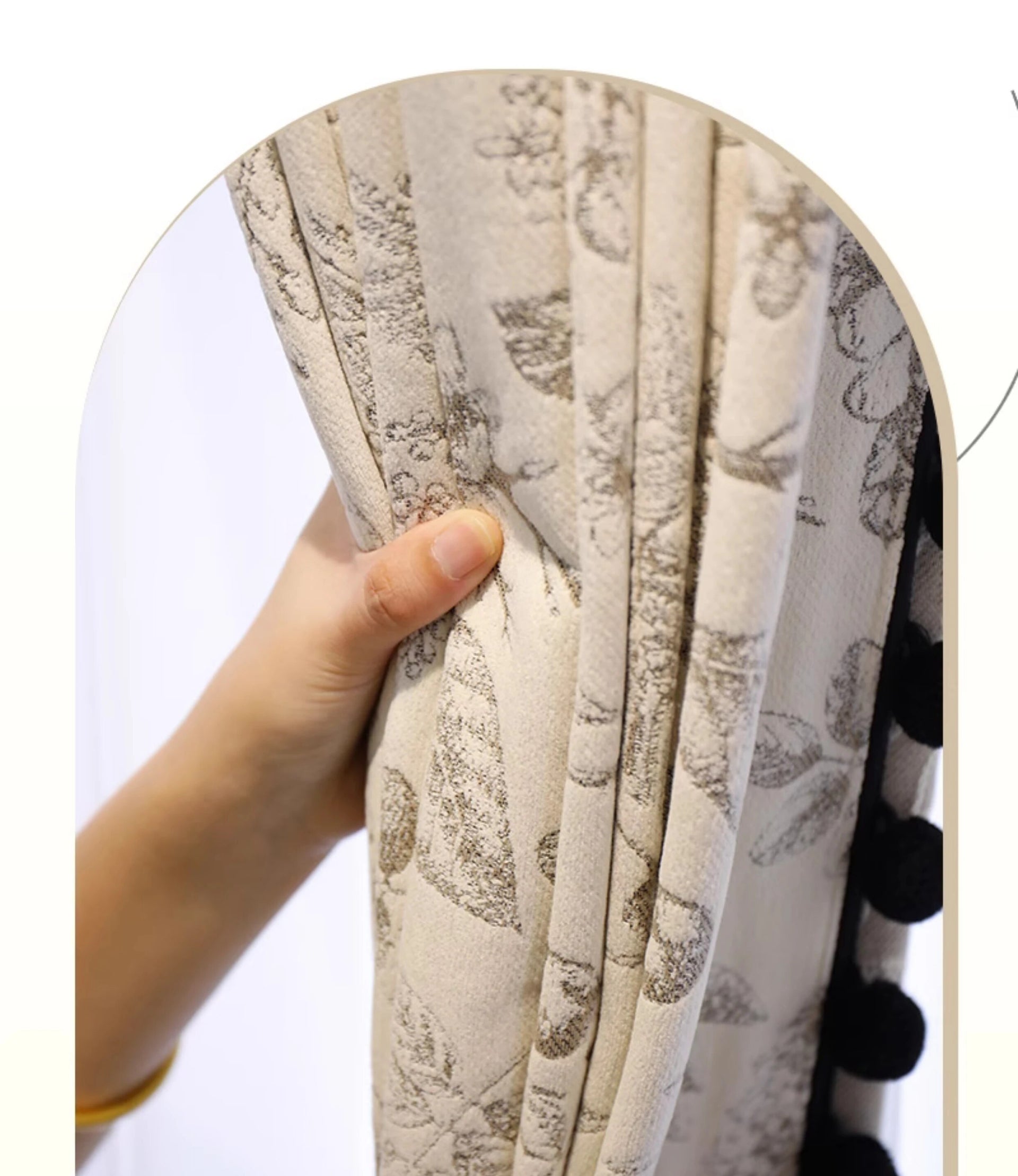Drapery can add a touch of elegance, warmth, and personality to any room. However, choosing the right fabric is crucial to achieving the desired look and functionality. With a plethora of options available, selecting the perfect fabric can be a daunting task. To help you navigate through the sea of choices, we've compiled a comprehensive guide on how to choose the right fabric for your drapery.
Consider the Purpose:
Before diving into fabric options, it's essential to consider the purpose of the drapery. Are you looking for privacy, light control, insulation, or purely decorative purposes? The intended function will dictate the type of fabric you should choose. For example, if you want to block out light and maintain privacy, opt for heavier, opaque fabrics like velvet or jacquard. For sheer drapery that allows light to filter through while still providing some privacy, lightweight fabrics such as chiffon or voile are ideal.
Evaluate the Room's Style and Décor:
The fabric you choose should complement the overall style and décor of the room. Consider factors such as the color scheme, furniture style, and existing patterns when selecting fabric. For traditional or formal spaces, rich and luxurious fabrics like silk or damask can enhance the elegance of the room. In contemporary settings, sleek and minimalist fabrics such as linen or cotton blends may be more suitable. Pay attention to textures and patterns that harmonize with the existing décor without overwhelming it.
Assess Light and Temperature:
The amount of natural light and temperature fluctuations in the room should also influence your fabric choice. Rooms that receive ample sunlight may require UV-resistant fabrics to prevent fading and damage over time. Additionally, if you live in a region with extreme temperatures, consider drapery fabrics with insulating properties, such as wool or thermal-backed materials, to regulate indoor temperatures and reduce energy costs.
Think About Maintenance:
Another important factor to consider is the maintenance and care requirements of the fabric. Some fabrics may be more prone to wrinkles, stains, or fading and may require frequent cleaning or special treatments. If ease of maintenance is a priority, opt for durable and easy-to-clean fabrics like polyester or synthetic blends. On the other hand, if you're willing to invest in higher maintenance fabrics like silk or velvet, be prepared to follow specific care instructions to preserve their beauty and longevity.
Test Fabric Samples:
To ensure that you're satisfied with your fabric choice, it's advisable to obtain fabric samples and test them in your home environment. Place the samples near windows to see how they interact with natural light and observe how they complement the room's color scheme and décor. Additionally, feel the texture of the fabric to assess its softness, weight, and drape. This hands-on approach will help you make an informed decision and avoid any potential regrets.
Consider Durability:
Drapery is an investment, so it's essential to choose fabrics that will stand the test of time. Consider the durability of the fabric, especially in high-traffic areas or homes with children and pets. Fabrics with a high thread count and tightly woven fibers tend to be more durable and resistant to wear and tear. Additionally, look for fabrics labeled as "contract grade" or "upholstery grade," as they are specifically designed to withstand heavy use.

In conclusion, selecting the right fabric for your drapery involves careful consideration of factors such as purpose, style, light and temperature, maintenance, durability, and budget. By taking the time to evaluate these aspects and test fabric samples, you can ensure that your drapery not only enhances the aesthetics of your space but also meets your functional and practical needs for years to come.








